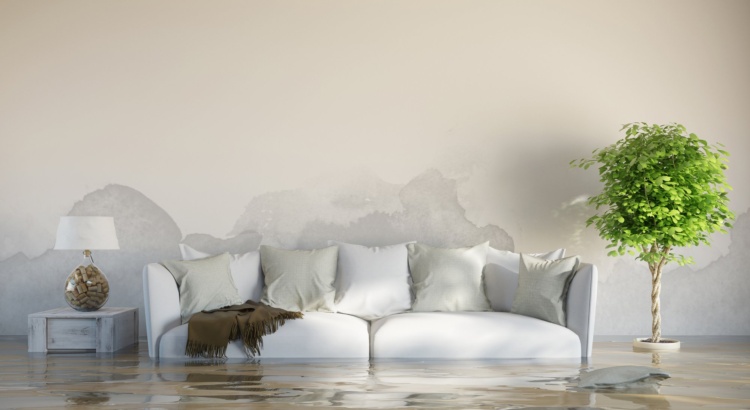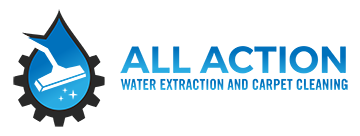Steps for Proper Water Extraction and Home Restoration

Floods have become more severe in recent years. Population expansions have led to more people settling in flood-prone areas. Also, people are changing the landscape in ways that give floods strength.
Therefore, it's more possible now than ever that your home could become the victim of one of these floods. Should this happen, you need to know how to save it from water damage. Water extraction is one of the first steps you should take.
What is the process for extracting water? Read on to find out.
Shut Off Electricity
Is your electricity power supply outdoors? If so, shutting it off should be the first thing you do when you approach a flooded building. Touching electrified water can be a death sentence.
If your power supply is indoors, wait until you learn if your home is safe or not. You can then go inside and turn off the energy. If your home is unsafe, you will need a professional to help you turn off the electricity.
Prepare Yourself
Floodwaters can carry a lot of health hazards. Before you even think about entering a flooded building, you need to put on the proper protective gear. At most, you can wear a hazard suit, but you may be able to get by with lower-tech gear.
Waterproof Clothing
Put sturdy, waterproof boots on your feet. This should protect your feet from stepping on hazards and keep them dry. You should also wear clothing that's as waterproof as possible.
Face Mask
Floodwaters can carry mold spores into buildings. It's not a good idea to get these in your lungs. Floodwaters may have also released asbestos from the walls of your home, and this can be very deadly.
Before you go into a flooded home, protect your face. Having a respiratory would be best, but a simple cloth mask is better than nothing.
Check Building's Safety Level
Water damage can compromise the structural integrity of your building. In extreme cases, your building may be at risk of collapsing. Before you enter your home, you must look for signs of an unsafe structure.
Signs to Look For
Try looking for the following signs:
- Unstraight walls
- Cracks near doors and windows
- Sagging, bulging, or swaying roof lines
If you go inside the building, check for these interior signs:
- Wall cracks
- Sagging ceilings
- Loose rafters
If you determine your house is unsafe, don't go inside or leave the building. Instead, call a water extraction service to clear the water from your home. These professionals will know how to drain all the water from your home and remain safe in an unsafe building.
Shut Off the Water
The extraction of water while the water is still flowing is an endless game. Therefore, your first step should be to find the water's source. Then you will need to shut it off.
Natural Flood
In the case of a natural flood, you won't be able to do this. You will just have to wait for the floodwaters to stop flowing.
Home Source Flood
Not all floods are natural, though. There are plenty of other flood sources. Most, if not all, of these come from your own home.
Here are some examples:
- Supply line leaks
- Clogged drains
- Leaking appliances
- Malfunctioning sprinklers
- Damaged or clogged gutters
Clogged drains are an easy water source to stop, as you just need to turn off the faucet. For damaged or clogged gutters, there should be nothing to turn off. For any of the other sources, you will need to turn off your main water line before you can get to work.
Take Photographs
As soon as you shut everything off, start taking photos of the damage. You're more likely to get your insurance claims approved if you have evidence of flood damage. The more evidence that you have, the stronger your insurance claim will be.
All the Damage
Take photos of the water and any exterior and interior damage. Photograph any of the affected areas that you can think of. This includes walls, vents, ceilings, floorboards, etc.
Before the Flood
It can also pay to think ahead. Do you know for certain that a disaster is on the way? Then take a lot of photos before it rushes through your home.
Take both the before and after photos and hand both sets to your insurance company. If you do, your insurance won't be able to claim that your home had some pre-existing damage.
Create Ventilation
The natural drying process can be a big help when you're extracting water from your home. While you're getting rid of the water, some ventilation can help at least some of the water evaporate. If the water damage is minimal, doing this may even make all the water vanish in a few hours.
What to Do
Before you start the extraction of water, check the weather forecast. If no rain or other bad weather is coming soon, open the doors and windows near the affected area. If your electricity is fine, you can also use fans.
Remove All Standing Water
Now that you've prepared everything, it's time to start removing the water. This can be done with submersible pumps, truck-mounted vacuums, and other apparatuses.
You can rent these tools and do the work yourself. However, it may be difficult to handle these if you're inexperienced. The best option is to contact water extraction services and have them do all of the machinery operation work.
We'll Perform Your Water Extraction
To sum it up, there's a lot of preparation that needs to go into water extraction. You can do this yourself. However, once you're done with your preparation work, you should hand the rest of the work to the professionals.
We can be those professionals for you. We're All Action Water Extraction and Carpet Cleaning. We're located in Burleson, TX and we have over 20 years of experience in dealing with floor repair and restoration.
Contact us via the number or text box on this page the next time you have a water emergency. You can reach us 24/7.
